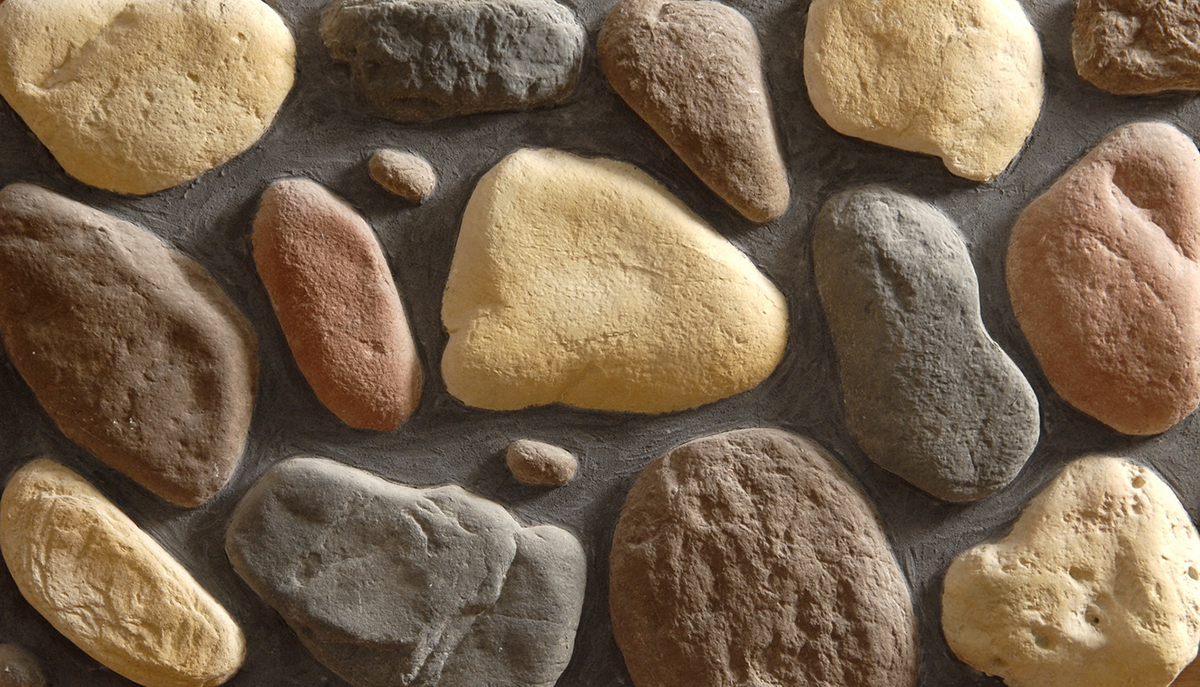Beijing City Library: A Green Building Pioneer with LOPO Terracotta’s Sustainable Design
As the world increasingly shifts towards sustainable development, architectural projects are embracing eco-friendly solutions that reduce energy consumption while preserving aesthetic value. The Beijing City Library, situated in the Green Heart Forest Park of Beijing’s Tongzhou District, exemplifies this balance. With its green building standards and emphasis on sustainability, the library stands as a model for environmentally conscious design in modern public architecture. Central to this achievement is the innovative use of LOPO Terracotta, a material that combines natural beauty with outstanding environmental performance.
A Landmark of Green Architecture
The Beijing City Library is more than just a space for knowledge exchange—it is a beacon of sustainable design. The building spans 75,000 square meters and reaches a height of 22.3 meters, but despite its scale, it meets high standards of energy efficiency and environmental protection. The library’s innovative structure incorporates a blend of modern glass curtain walls and LOPO’s terracotta panels, ensuring that it harmonizes with its natural surroundings while minimizing its environmental footprint.
LOPO Terracotta: A Sustainable Building Material
LOPO Terracotta plays a critical role in the library’s sustainable design. The panels, made from natural materials and produced through a low-energy firing process, are eco-friendly from production to application. With a thickness of 30mm and a total coverage area of 11,783 square meters, these terracotta panels provide both insulation and durability, key factors in reducing the building’s long-term energy consumption.
The natural thermal properties of terracotta help regulate indoor temperatures by reducing heat loss in winter and limiting heat gain in summer. This significantly reduces the need for heating and cooling, aligning with the building’s energy-saving goals. The panels also have self-cleaning properties, which reduces the need for frequent maintenance and conserves water and cleaning resources over the building’s lifetime.
Energy Efficiency through Design
Incorporating natural light was a crucial element of the Beijing City Library’s design, aimed at minimizing artificial lighting needs. The glass curtain walls allow abundant daylight to fill the interior, creating a bright and inviting atmosphere for readers. However, glass alone can present challenges, such as overheating during summer. This is where LOPO’s terracotta panels provide a perfect complement.
By absorbing and diffusing sunlight, the terracotta panels act as a natural shading system. This not only prevents excessive heat from entering the building but also softens the light inside, improving the overall comfort of the library’s reading spaces. The careful arrangement of the panels around the glass walls enhances both the building’s aesthetic appeal and its energy efficiency, striking an ideal balance between form and function.
Ventilation and Air Quality: Natural Solutions
Good indoor air quality is another pillar of sustainable building design, and the Beijing City Library achieves this without over-relying on mechanical systems. LOPO’s terracotta facade integrates small, operable windows, which allow fresh air to circulate throughout the building. This reduces the need for mechanical ventilation and lowers energy consumption, while simultaneously providing a healthier indoor environment for visitors.
Moreover, many of the building’s ventilation ducts and other infrastructure are cleverly hidden within the triangular columns formed by the terracotta cladding. This design not only optimizes the use of space but also ensures that the building’s clean, modern exterior is maintained without exposed elements.
LOPO Terracotta’s Environmental Benefits
LOPO’s terracotta panels are not just functional; they contribute significantly to the building’s overall environmental impact. In addition to the energy savings provided by thermal insulation and natural ventilation, terracotta is a fully recyclable material. Its production process is aligned with the principles of sustainable manufacturing, generating minimal waste and reducing carbon emissions compared to other construction materials.
Furthermore, the durability of terracotta ensures that the panels will last for decades without the need for replacement. This longevity reduces the building’s lifetime material footprint, making it a more sustainable choice over time. The low maintenance requirements of terracotta also minimize the need for chemical cleaning agents, further contributing to the building’s eco-friendly profile.
A Green Future for Public Architecture
The Beijing City Library is a shining example of how modern architecture can embrace sustainability without sacrificing beauty or function. By utilizing LOPO Terracotta, the building achieves both cultural resonance and environmental responsibility, setting a new standard for public buildings in China and beyond. As cities around the world seek to reduce their environmental impact, projects like this serve as valuable blueprints for integrating green building principles into large-scale urban design.
With LOPO’s terracotta panels playing a key role in this transformation, the future of architecture is not only more sustainable but also more harmonious with the natural world. The Beijing City Library demonstrates that by prioritizing sustainability, we can create iconic landmarks that are as environmentally conscious as they are visually striking.
Conclusion: LOPO Terracotta at the Forefront of Sustainable Architecture
In the Beijing City Library, LOPO Terracotta has proven its capacity to meet the demands of sustainable architecture. From its production process to its performance in reducing energy consumption and enhancing indoor air quality, terracotta’s contribution to the building’s eco-friendly design cannot be understated. As the world moves towards greener building practices, LOPO continues to lead the way, providing innovative, sustainable materials that enrich both the built environment and the natural world.









